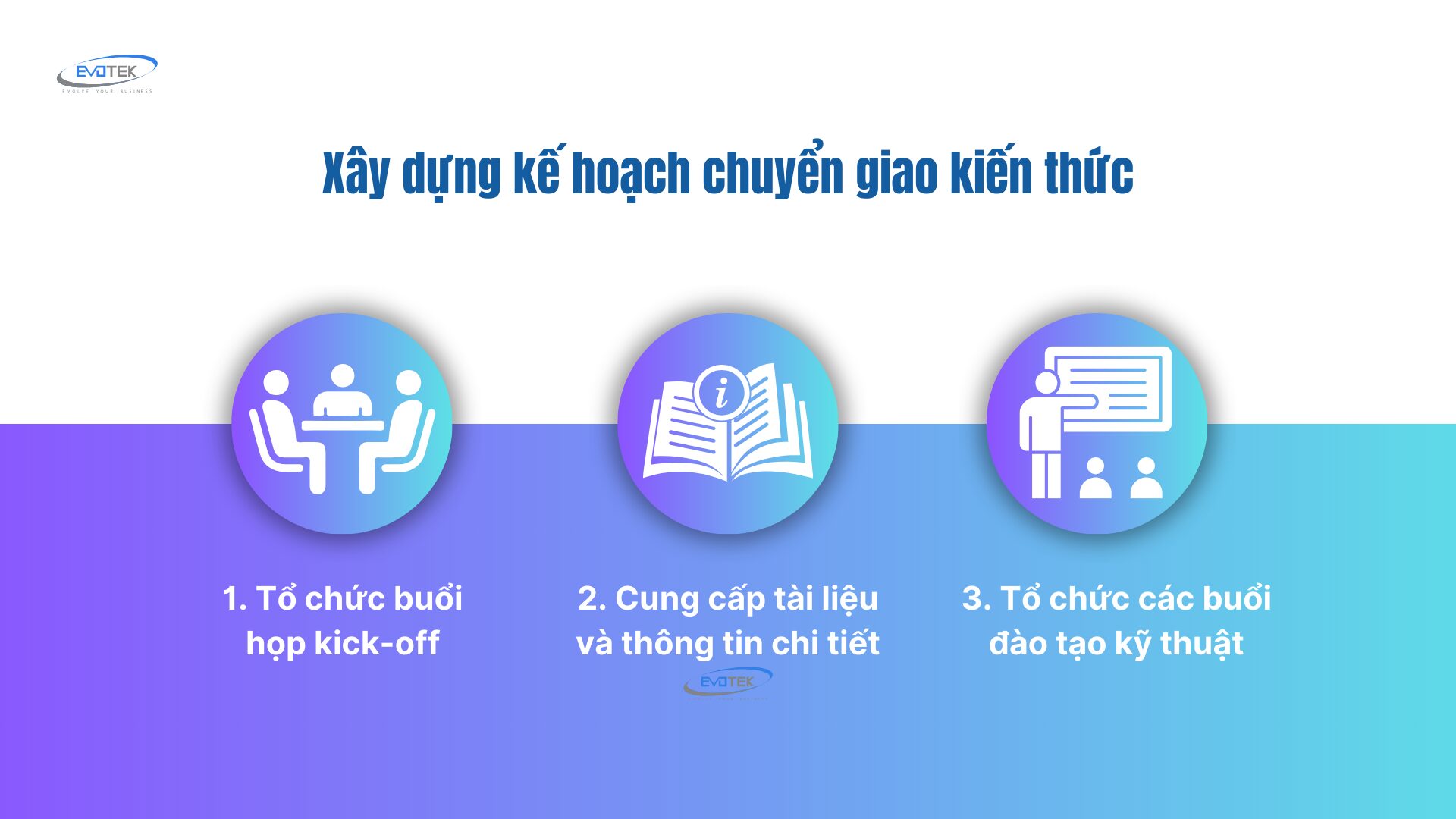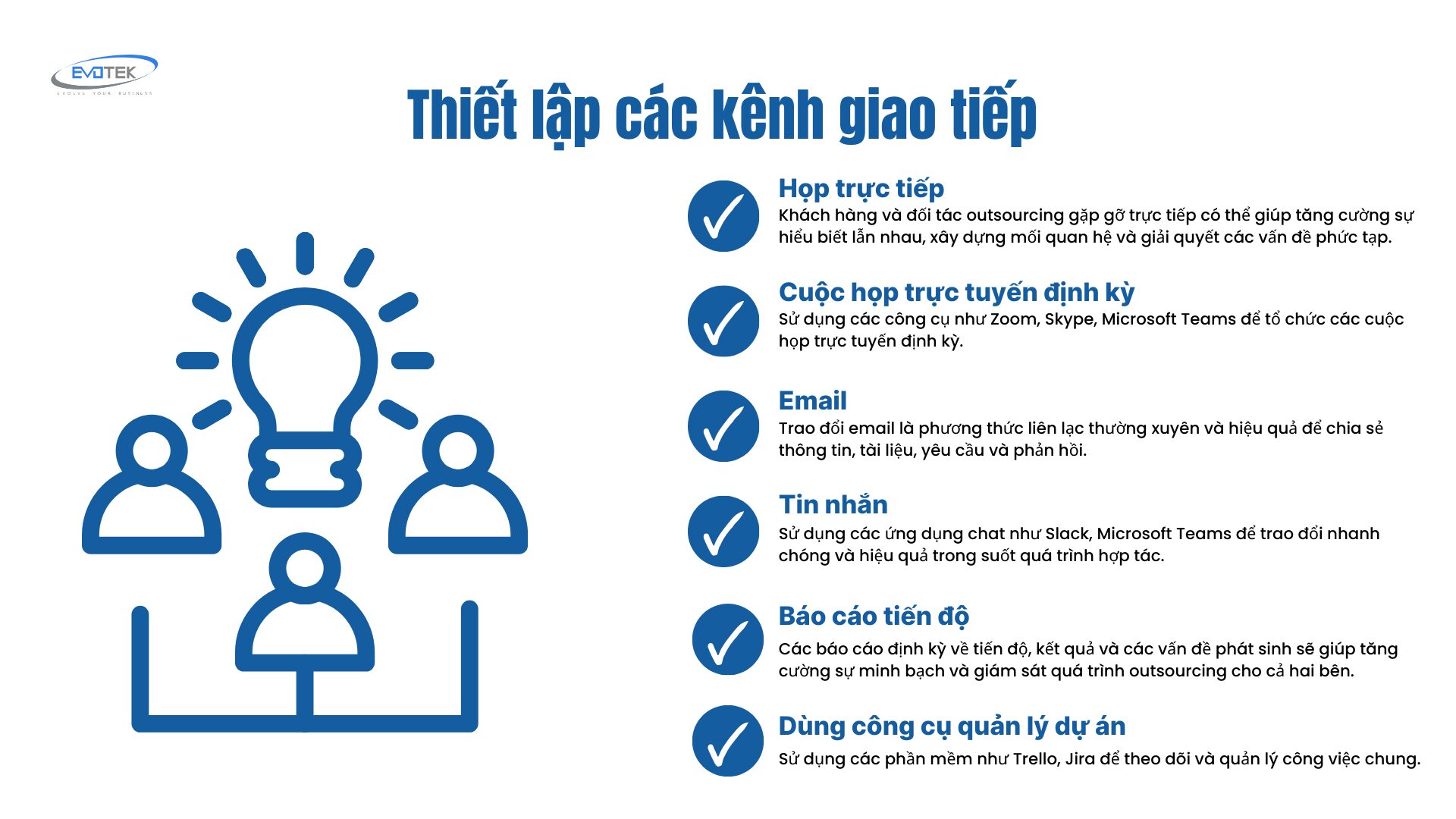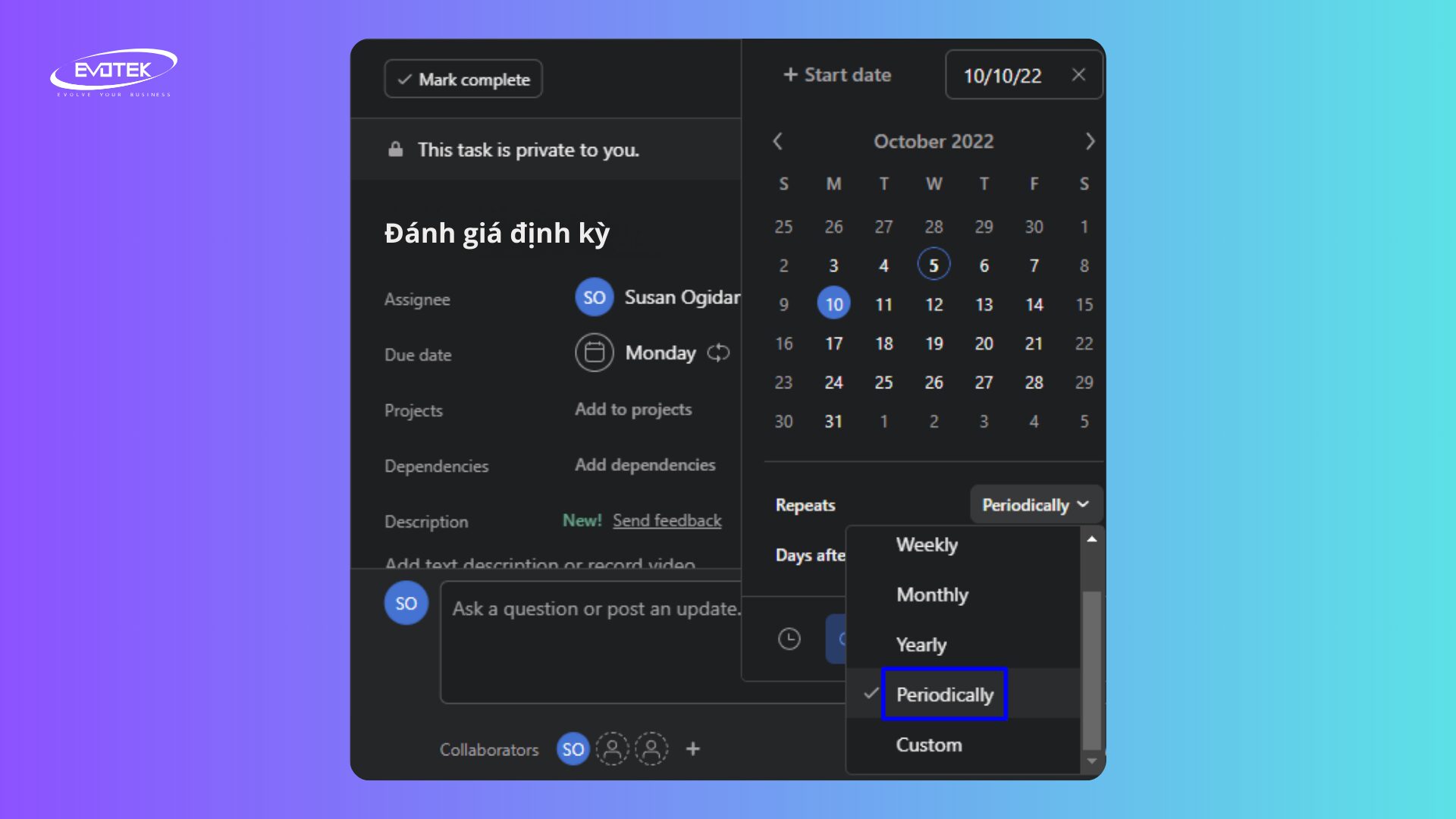In today’s digital landscape, selecting and integrating an appropriate software outsourcing vendor is a critical decision that significantly impacts project outcomes. As per Deloitte, 88% of employers recognize the profound influence of a well-executed onboarding process on employee engagement.
Likewise, the onboarding of a professional software outsourcing partner is pivotal in establishing a sustainable and fruitful collaborative partnership.
This article outlines three essential steps for effectively onboarding software outsourcing vendors, facilitating businesses in finding suitable partners and establishing a robust foundation for cooperation from the outset.
Develop a Comprehensive Knowledge Transfer Plan
Knowledge transfer and information sharing are fundamental aspects of the onboarding process. It involves acquainting both customers and the software development team with comprehensive insights into the product, requirements, technology, workflow, and other pertinent details. To achieve this, the following steps are recommended:

1. Host a Kick-off Meeting
At the project’s onset, we will convene a kick-off meeting involving all relevant stakeholders from both the client and Evotek’s software development team. During this session, our objectives will include:
- Introducing the project and each team involved.
- Establishing mutual agreement on project goals, scope, timeline, and budgetary considerations.
- Budget and quality.
- Clarifying roles, responsibilities, and communication channels among team members.
- Sharing the processes, tools, and methodologies to be employed throughout the project lifecycle.
- Identifying and evaluating potential risks.
- Facilitating a Q&A session to address any queries or concerns from both sides.
2. Distribute Documents and Detailed Information
Following the kick-off meeting, our software development team will promptly furnish all relevant documentation, designs, requirements, technical specifications, and other pertinent materials. Simultaneously, we will schedule regular meetings and facilitate information exchanges to ensure our team fully comprehends all aspects of the project.
3. Conduct Technical Training Sessions
In addition to document provision, we will arrange comprehensive technical training sessions aimed at equipping our team with in-depth knowledge of the project’s technologies, processes, and technical requisites. These sessions will be led by technical experts from both the client’s team and ours, fostering a thorough understanding and proficiency among team members.
Establishing Effective Processes and Communication
To ensure seamless and efficient project implementation, both the software developer and the customer will establish and mutually agree upon specific processes and communication methods, including:
1. Setting Up Communication Channels
We will establish official communication channels between members of both sides, including:
- Face-to-Face Meetings: In-person meetings between customers and outsourcing partners foster mutual understanding, relationship-building, and problem-solving for complex issues.
- Regular Online Meetings (Weekly or Monthly): Utilize platforms such as Zoom, Skype, or Microsoft Teams to conduct scheduled virtual meetings. This facilitates updates and issue resolution, particularly when parties are geographically dispersed.
- Email Correspondence: Exchange of information, documents, requests, and feedback via email serves as a reliable and regular communication method.
- Messaging Applications: Utilize chat platforms like Slack or Microsoft Teams for swift and efficient communication throughout the collaboration process.
- Progress Reports: Regularly provide updates on progress, outcomes, and emerging issues to enhance transparency and facilitate monitoring of the outsourcing process for both parties.
- Utilizing Project Management Tools: Employ software tools such as Trello or Jira to track and manage overall project tasks effectively. These tools streamline workflow management and enhance project coordination.

Various communication methods are commonly utilized in outsourcing. By flexibly combining these methods, the efficiency of the outsourcing process can be enhanced, ensuring close coordination and supervision between involved parties.
2. TImplementing a Project Management Framework
A standardized project management process will be established and applied, encompassing the following key elements:
- Work Division and Clear Responsibilities: Tasks will be divided among team members, with clear responsibilities assigned to each individual.
- Development of Progress Milestones: Progress milestones will be defined to track the implementation progress of the project, enabling timely assessment of achievements.
- Risk Management and Resolution: Proactive measures will be taken to identify, manage, and mitigate potential risks and changes throughout the project lifecycle.
“In outsourcing projects, various types of risks may arise. Examples include information security risks (such as project or company data leaks) and financial risks (stemming from inadequate budget management leading to increased project costs). Effectively managing and resolving these risks is crucial to ensure the progress and quality of the project.”
- Quality Control of Products and Processes
3. Establishing Testing and Quality Assurance Procedures
The testing and quality assurance process extends beyond merely inspecting the final product; it ensures the accuracy and performance of the software. Different levels of testing serve specific purposes and contribute value throughout the software development life cycle. Each level of testing has a specific purpose. The level of testing will provide value throughout the software development life cycle. We will implement a standardized testing and quality assurance process, incorporating:
- Testing Phases: This includes unit testing, integration testing, system testing, and acceptance testing, each serving a distinct purpose in evaluating the software.
- Utilization of Appropriate Testing Tools and Techniques: We will employ suitable tools and methodologies to facilitate thorough testing and analysis.
- Generation of Reports and Metrics: Detailed reports and statistics on product quality will be generated to provide insights into the effectiveness of the testing process.
Enhancing Customer Engagement and Quality Improvement
Active participation and support from customers are pivotal for the effective execution of the onboarding process. We will:
1. Engage Key Stakeholders
In addition to the technical team, the involvement of key stakeholders such as project managers, software architects, and business experts is essential to ensure comprehensive coverage of all project aspects. Their active participation ensures a thorough transfer of knowledge.
We will encourage and facilitate the active involvement of customer members in onboarding activities, including meetings, training sessions, and document sharing. This participation is crucial for effective knowledge transfer.
Throughout the onboarding process, we remain committed to providing support and addressing all inquiries and requests from customers promptly, ensuring they swiftly grasp and become familiar with the project.
2. Monitor and Enhance Continuously
Throughout the project implementation phase, we will continuously monitor, assess, and enhance the onboarding process to ensure its effectiveness and suitability:
Regular Reviews: At least once a month, we will conduct review sessions with the customer’s team to evaluate the onboarding process. These sessions will involve identifying strengths, weaknesses, and any issues encountered, and proposing improvement measures.

Listen to Feedback: Apart from scheduled evaluation sessions, we actively solicit and consider feedback and comments from customers to swiftly enhance the onboarding process. All project participants will be required to commit and take responsibility for their assigned tasks, ensuring progress, quality, and coordination throughout the implementation phase. This will help ensure progress, quality and coordination throughout the implementation process.
Apply Lessons Learned: Drawing from our experiences in previous software outsourcing projects, we have garnered valuable lessons. We will consistently apply and refine these insights to enhance the current project’s onboarding process, ensuring continuous improvement and effectiveness.
3. Ensure Continuity and Effective Communication
Sustaining continuity and fostering effective communication between both parties are paramount in the onboarding process. To achieve this, we will:
Ensure Team Continuity:
We will try to maintain stability and continuity of the team working on the project. If there are any changes in personnel, we will notify and transfer the work carefully to ensure it does not affect the progress and quality of the project.
Maintain Regular Communication:
Official and regular communication channels will be upheld with our customers to facilitate continuous information sharing and prompt resolution of any issues that may arise.
Quick Response:
In addition to sustaining communication, we are committed to promptly and efficiently addressing all customer inquiries and requests. This ensures smooth project implementation and customer satisfaction.
In Conclusion
Evotek has outlined a comprehensive onboarding process designed to ensure smooth and effective integration of customers’ software outsourcing projects. This process encompasses steps such as:
- Develop a Comprehensive Knowledge Transfer Plan
- Establish standard processes and communication
- Ensure customer engagement and improvement
With six years of experience in numerous domestic and international outsourcing software development projects, Evotek possesses a deep understanding of the onboarding process for each project. Our seasoned software development experts are poised to facilitate a seamless transition and implementation of customers’ software outsourcing projects, thereby increasing the likelihood of project success and reducing time to market.
For free advice and additional support from our software experts, please reach out to Evotek today.

 日本語
日本語 한국어
한국어 Tiếng Việt
Tiếng Việt 简体中文
简体中文